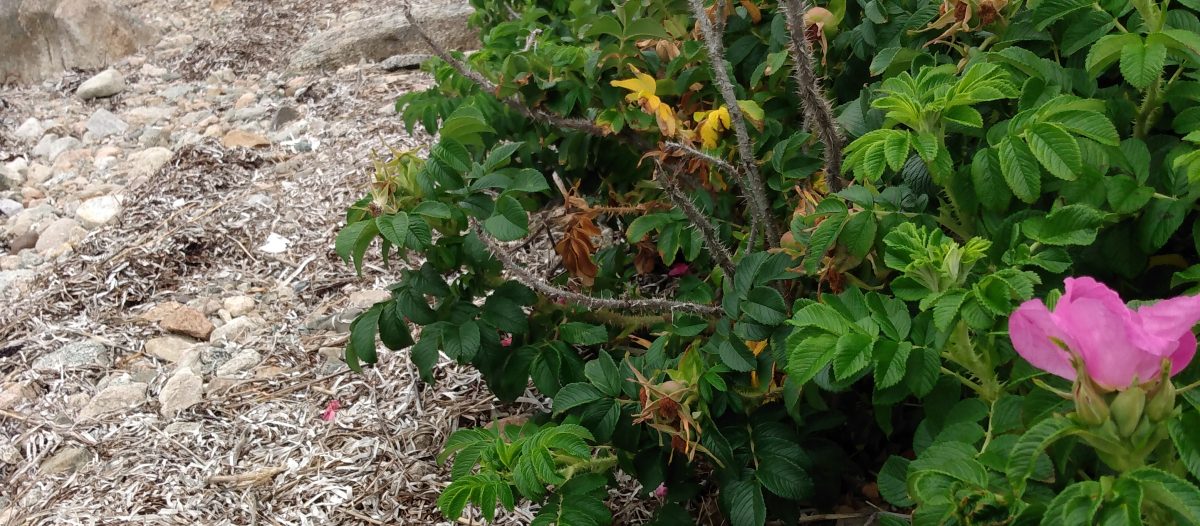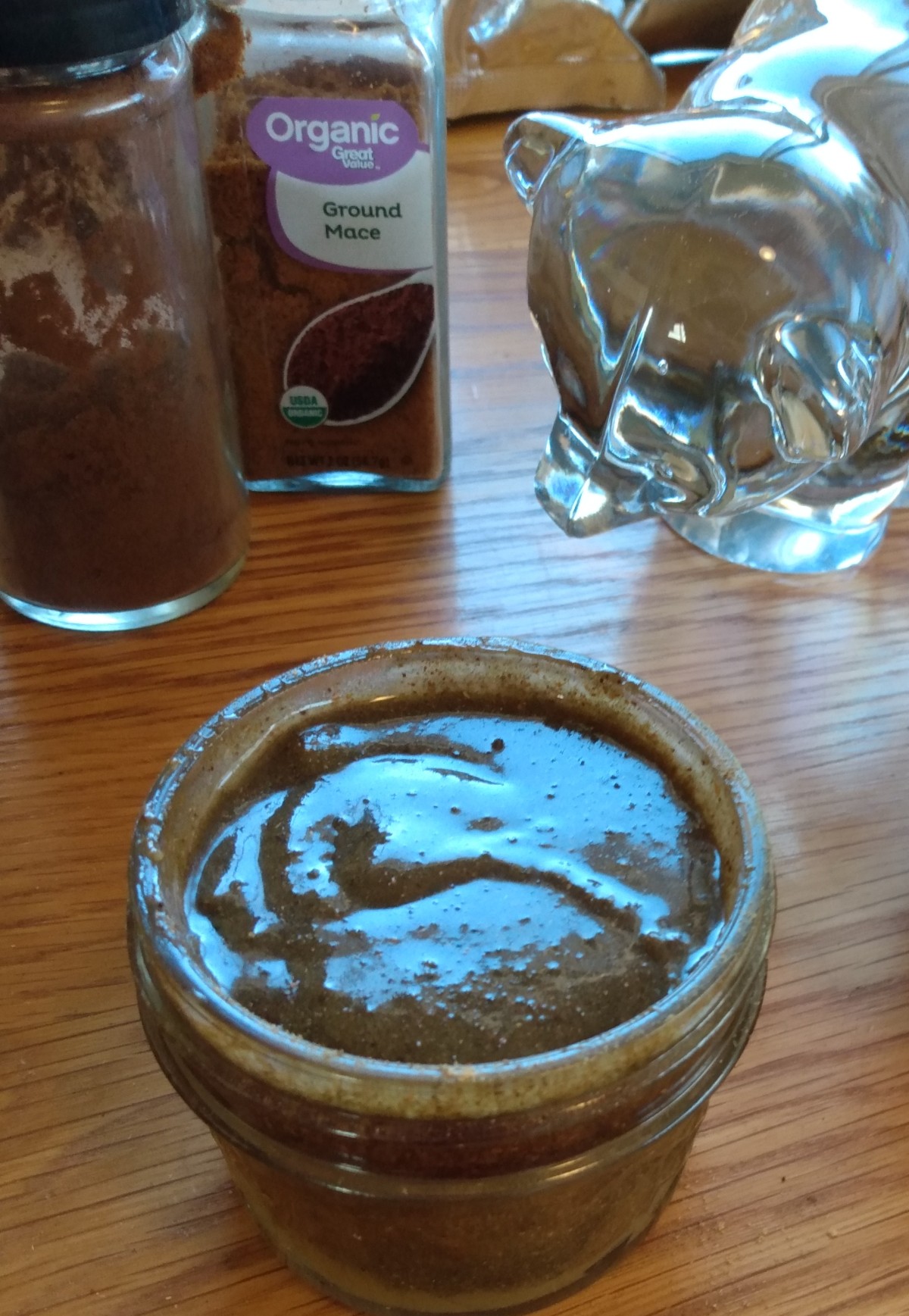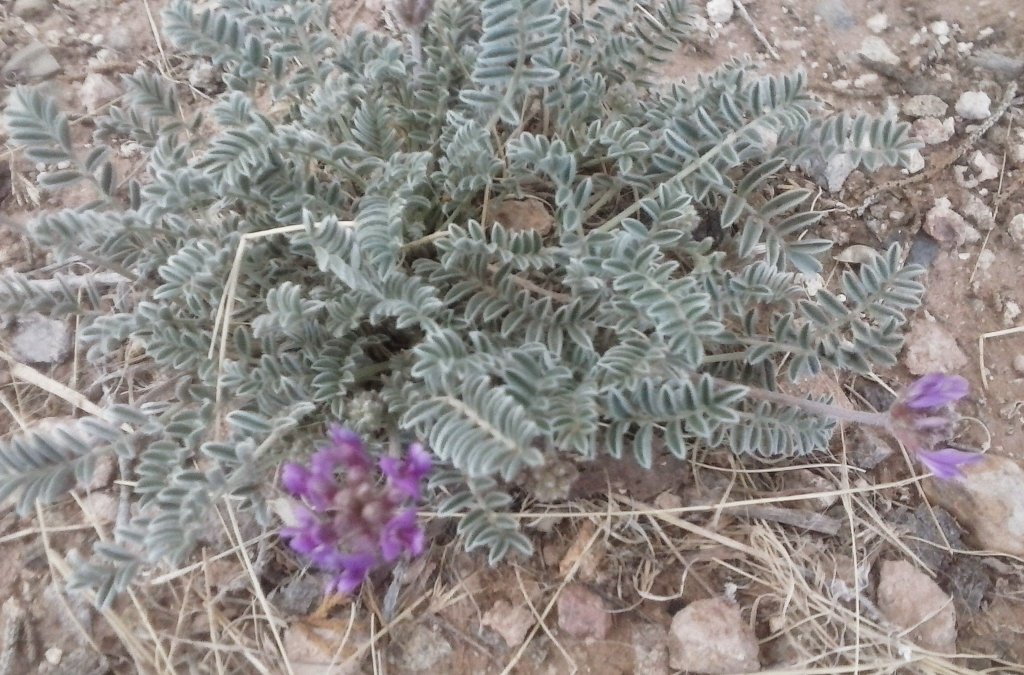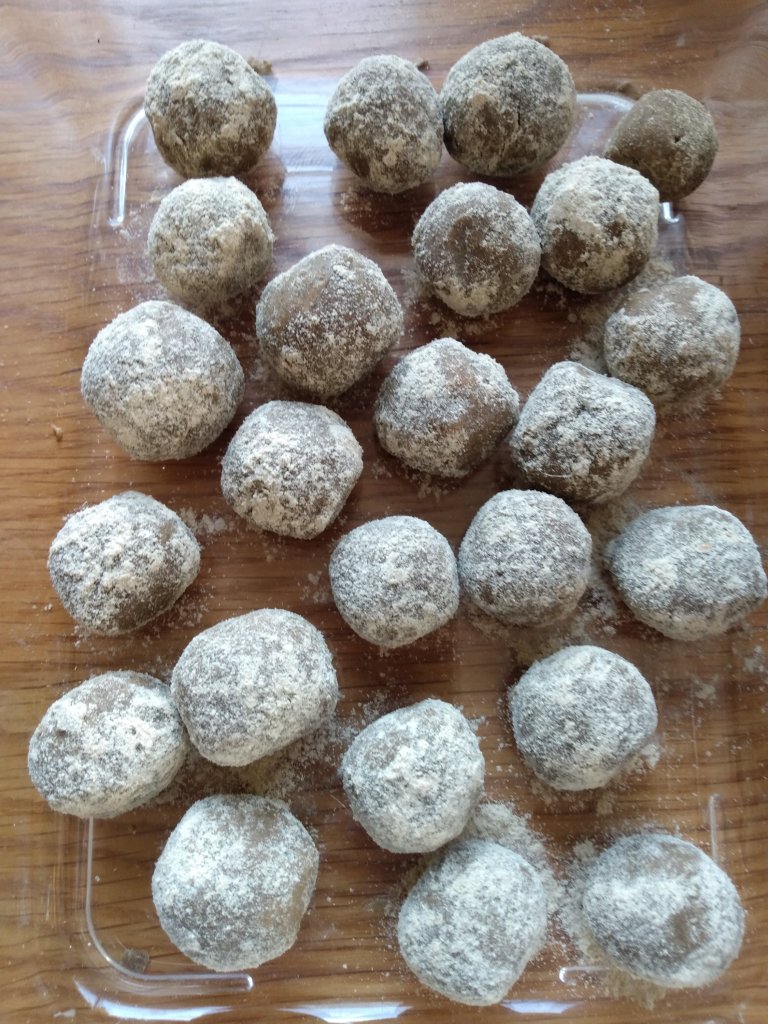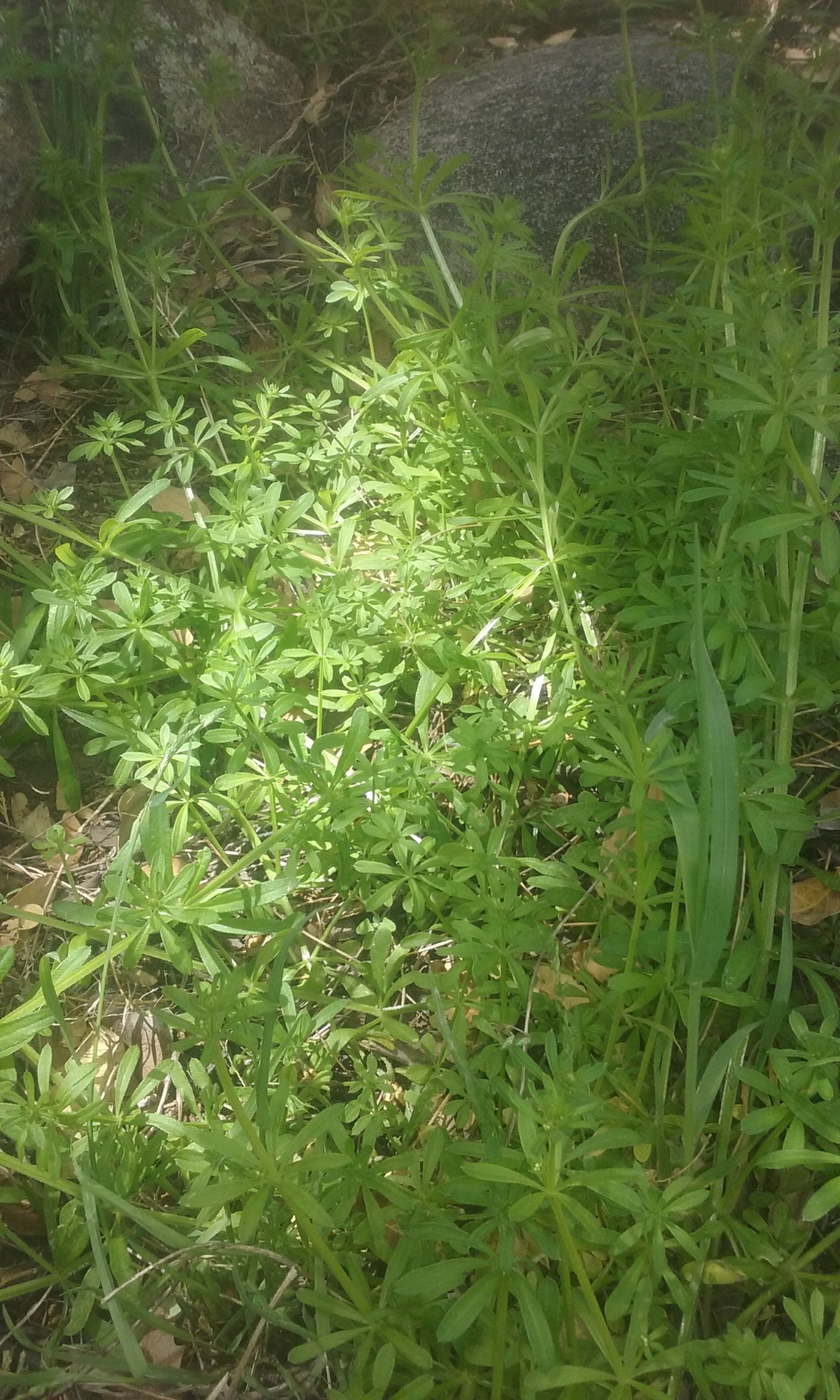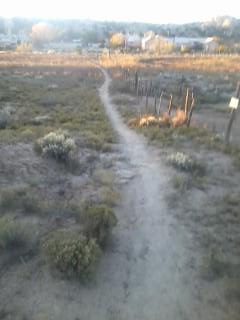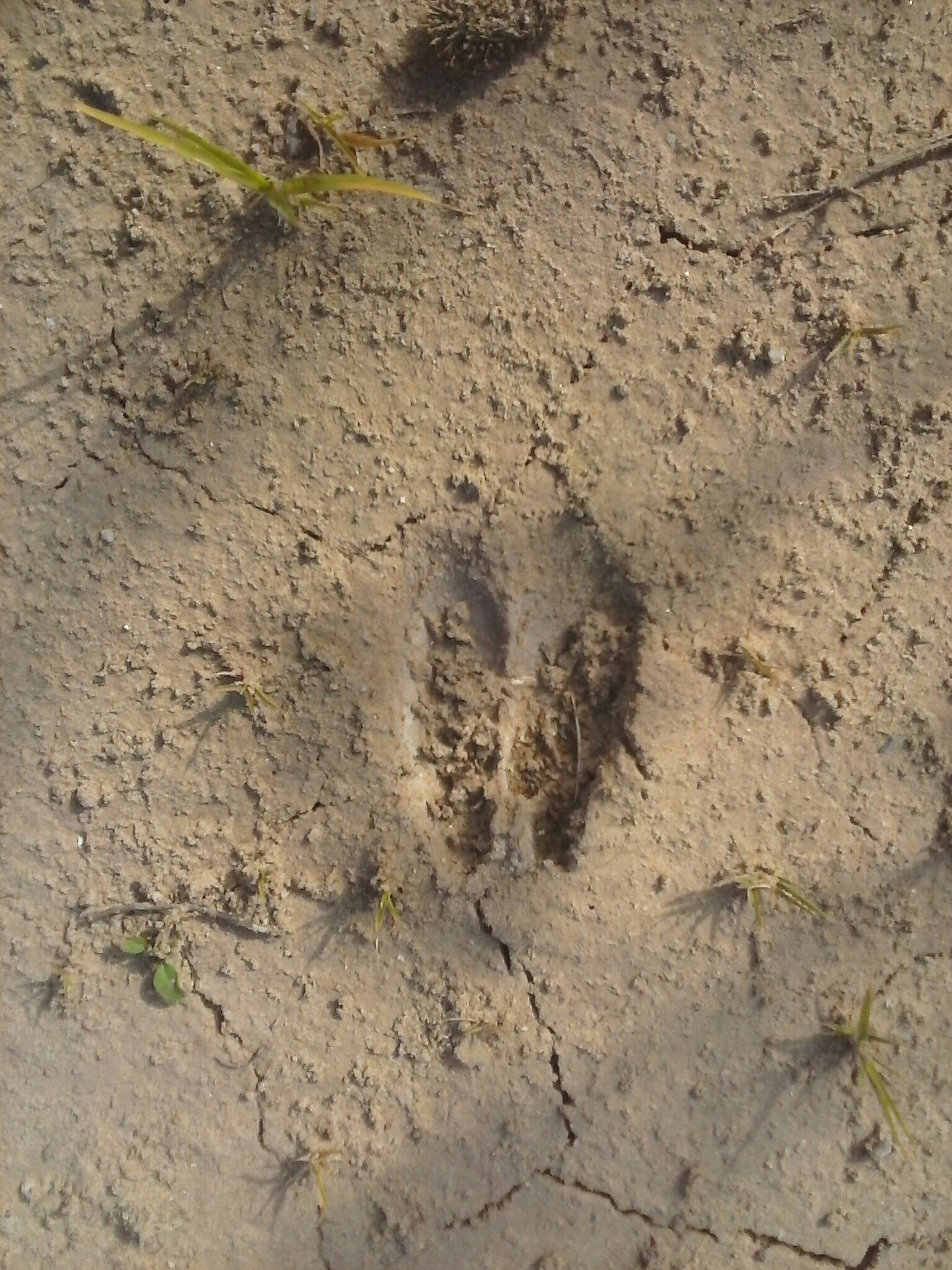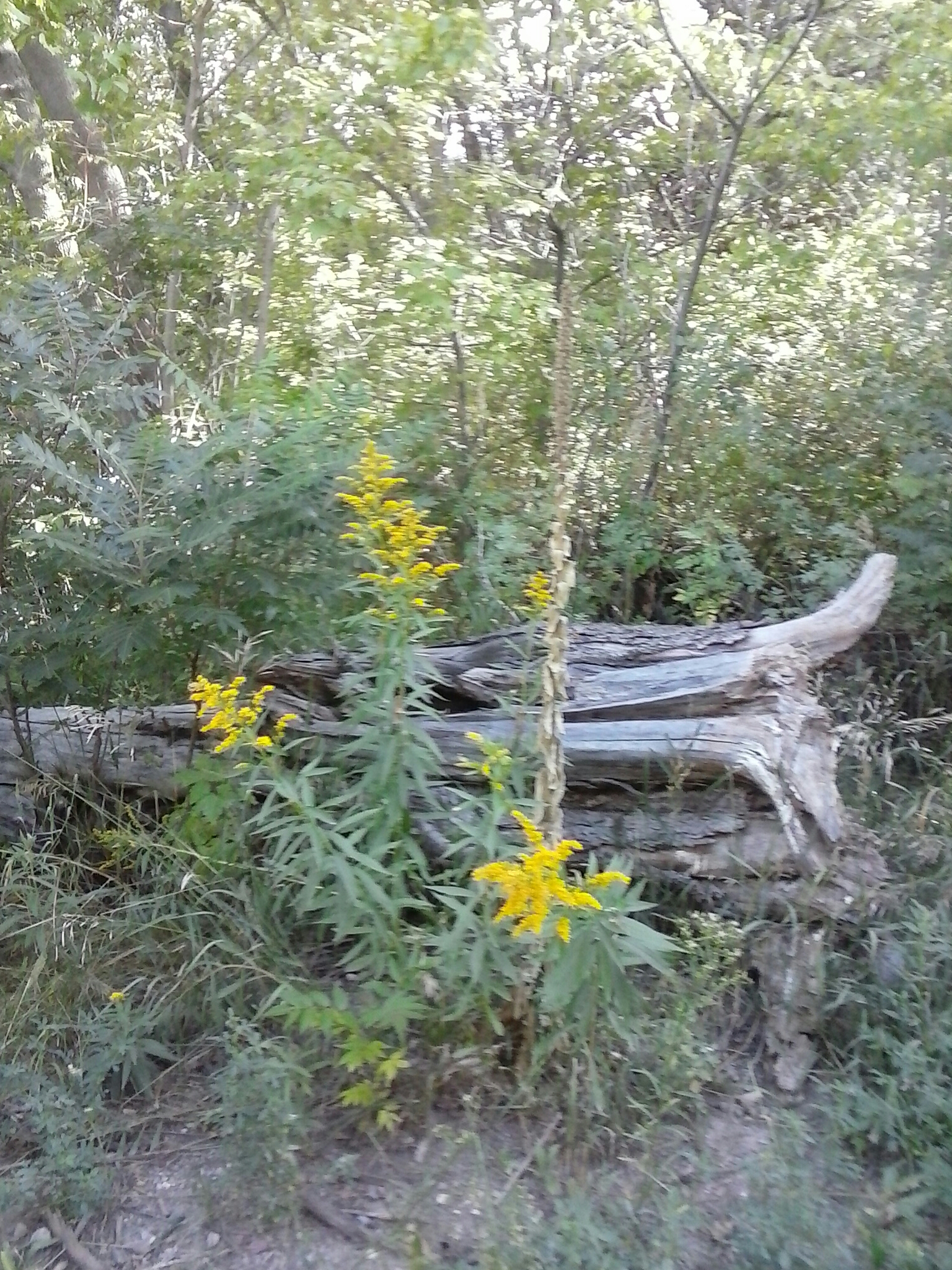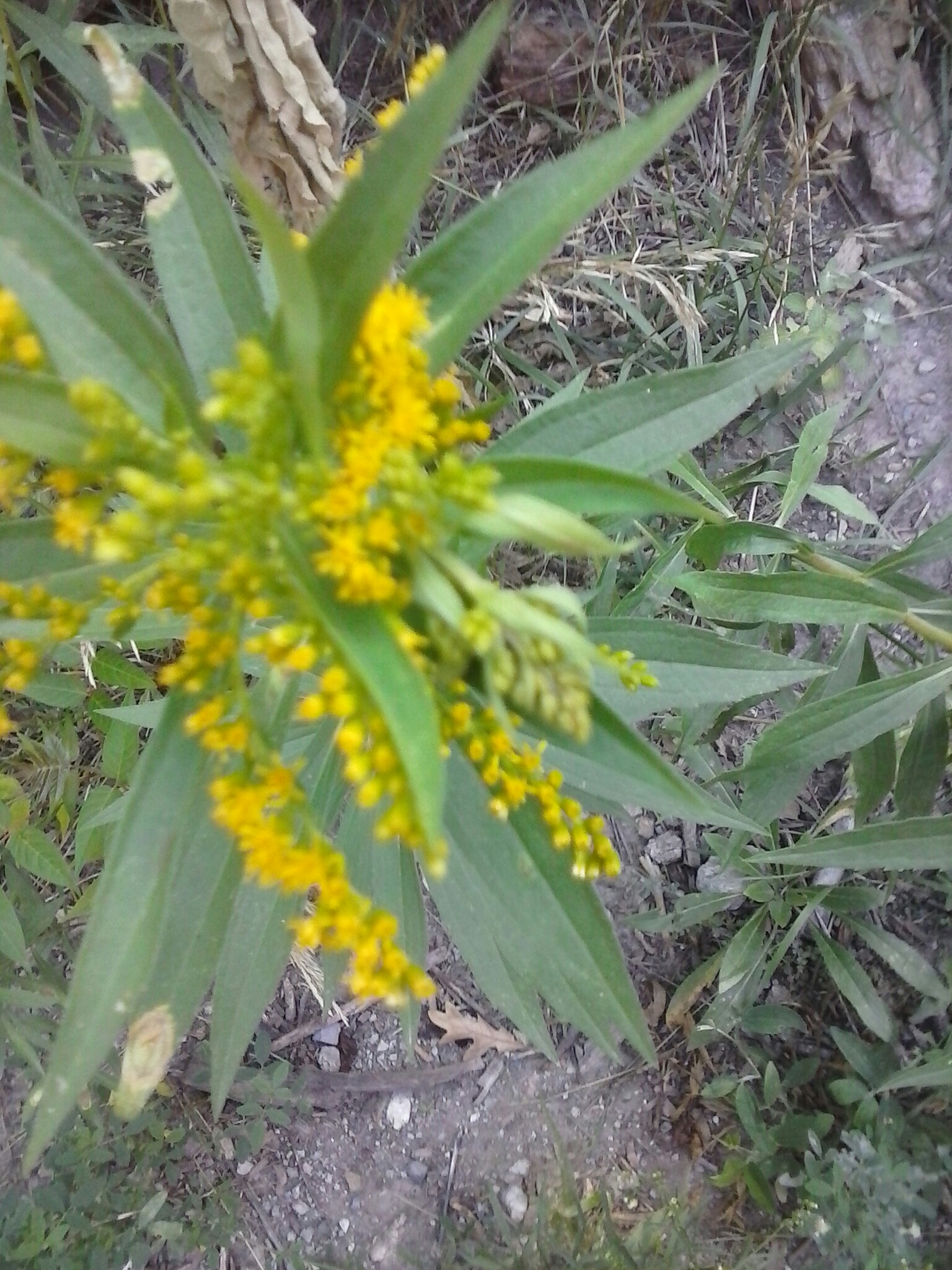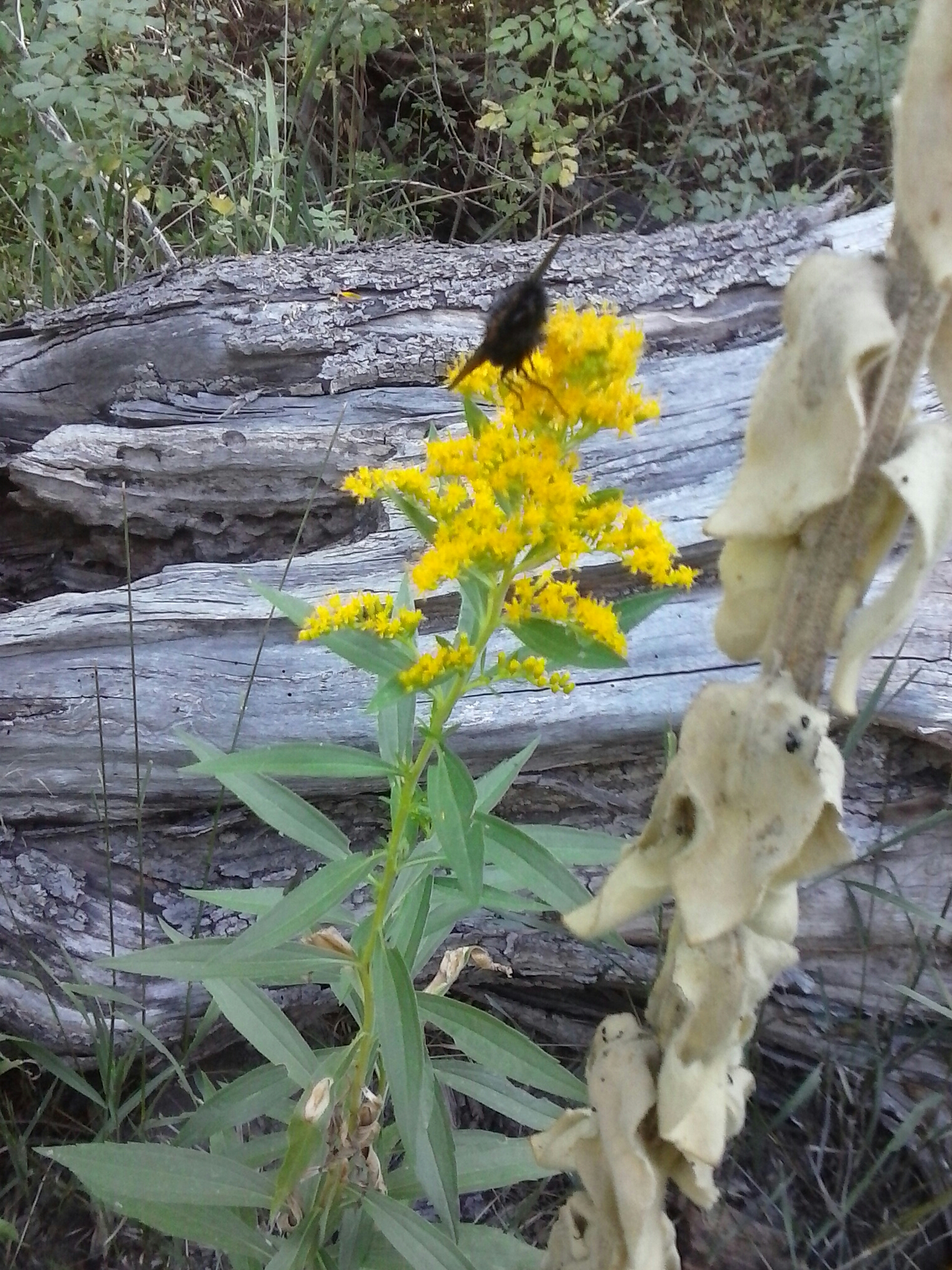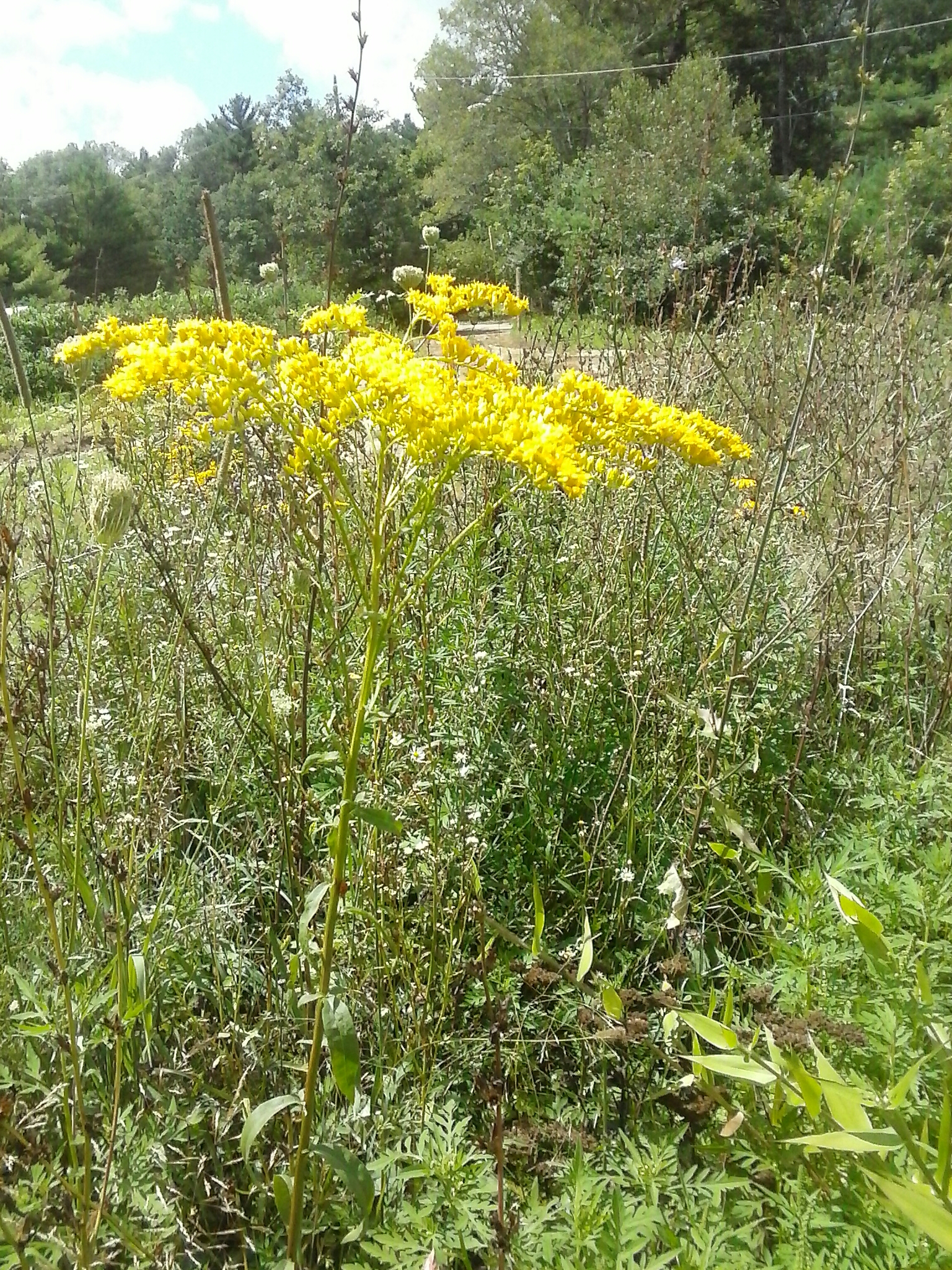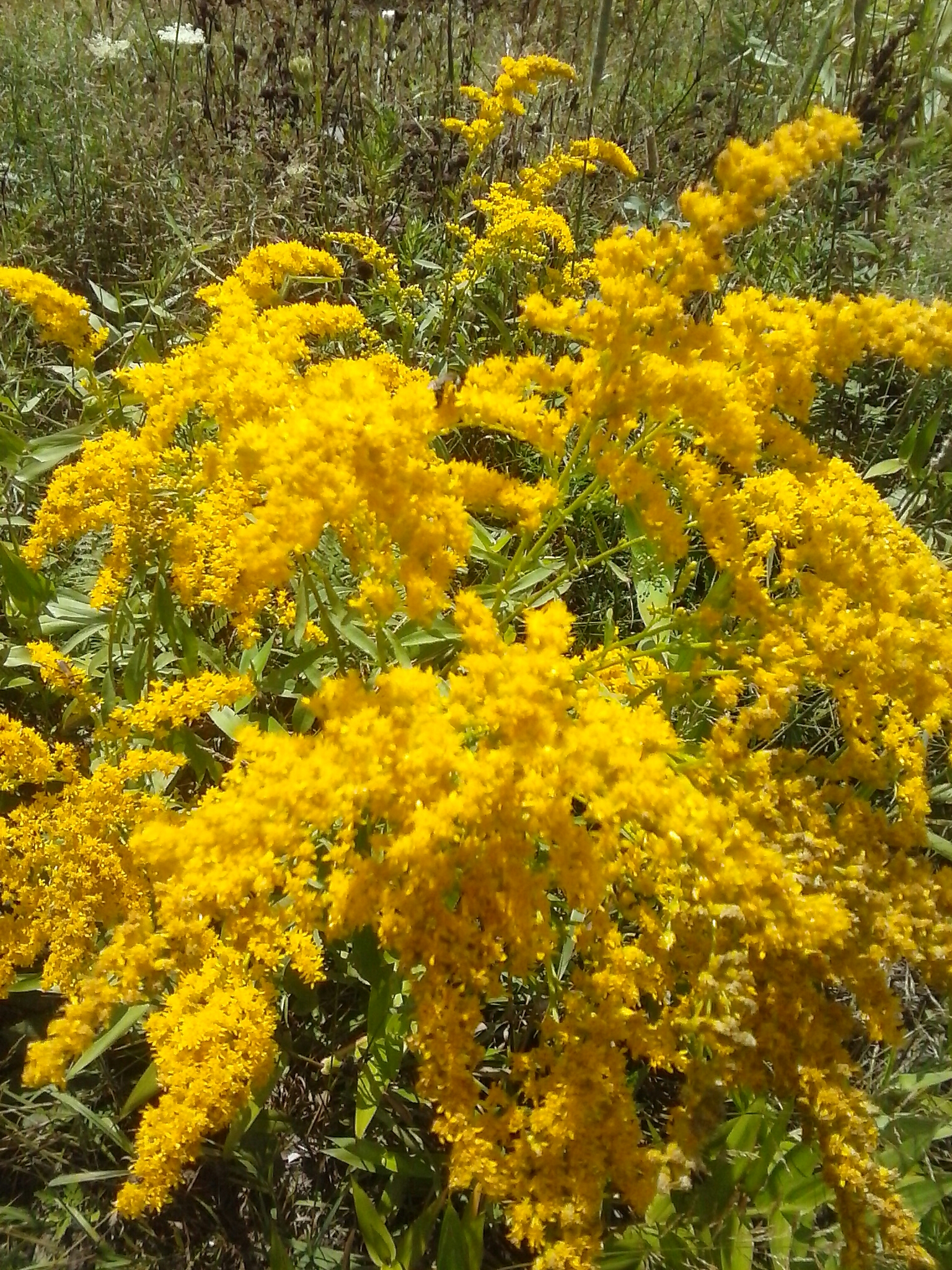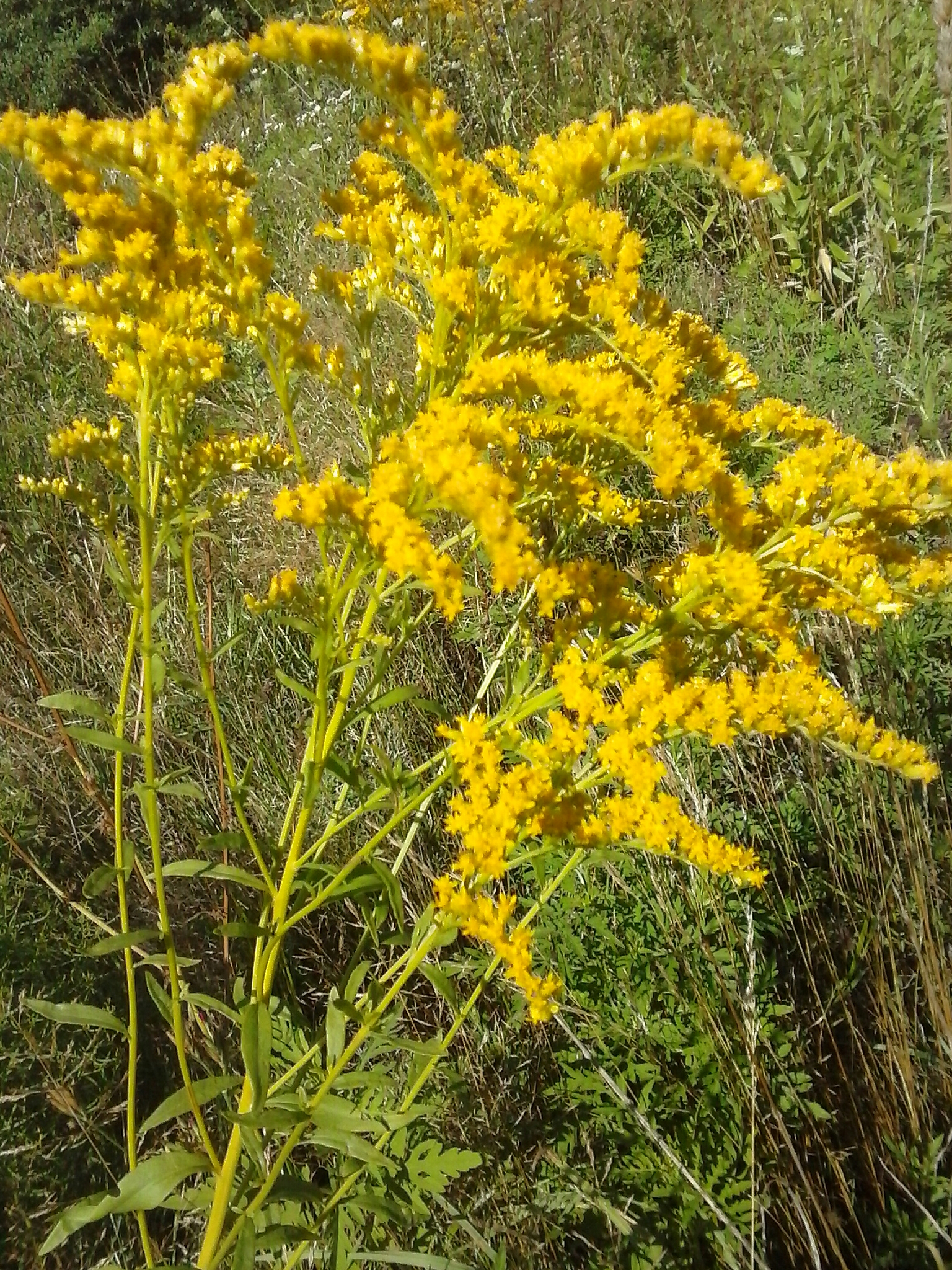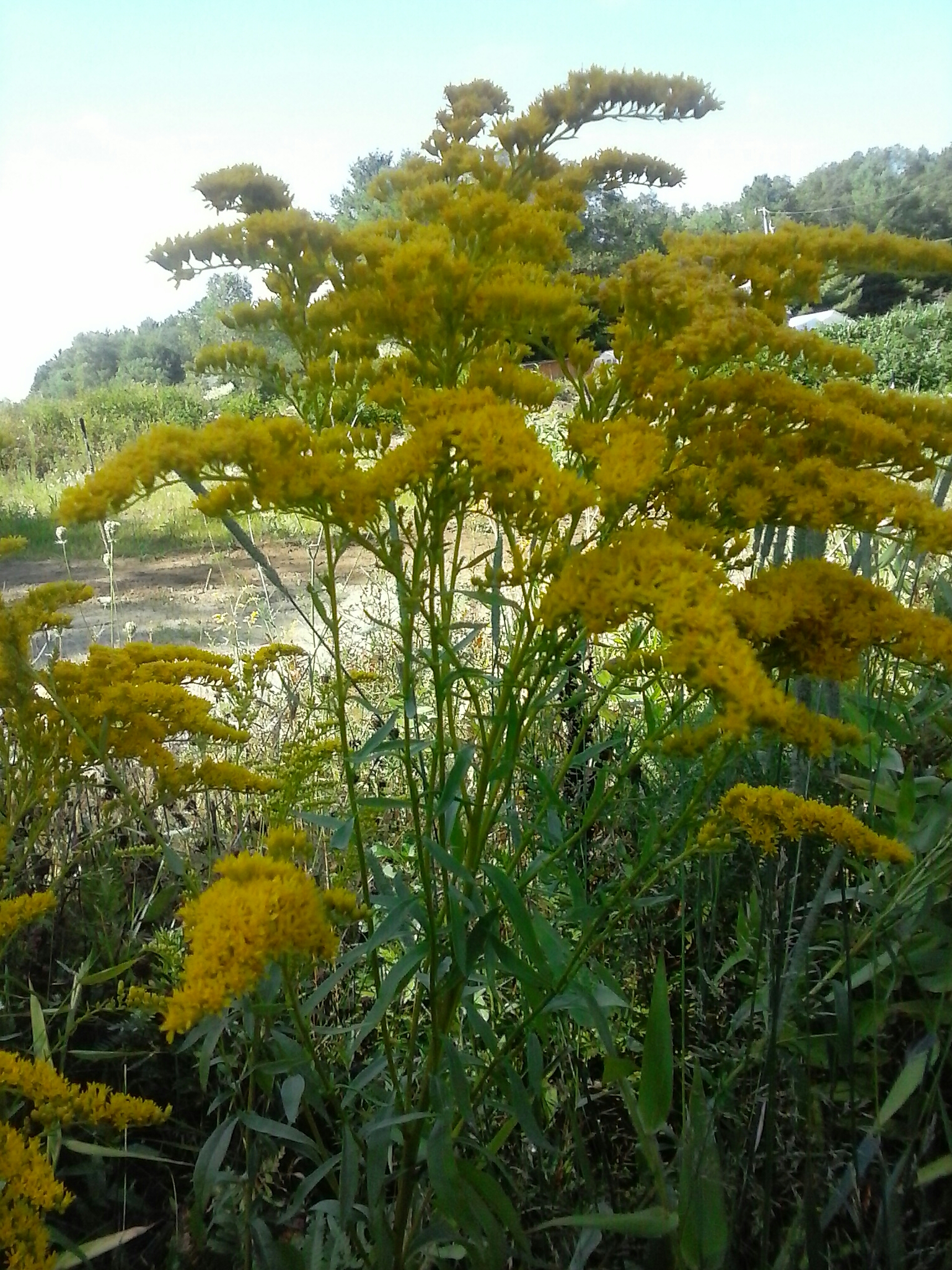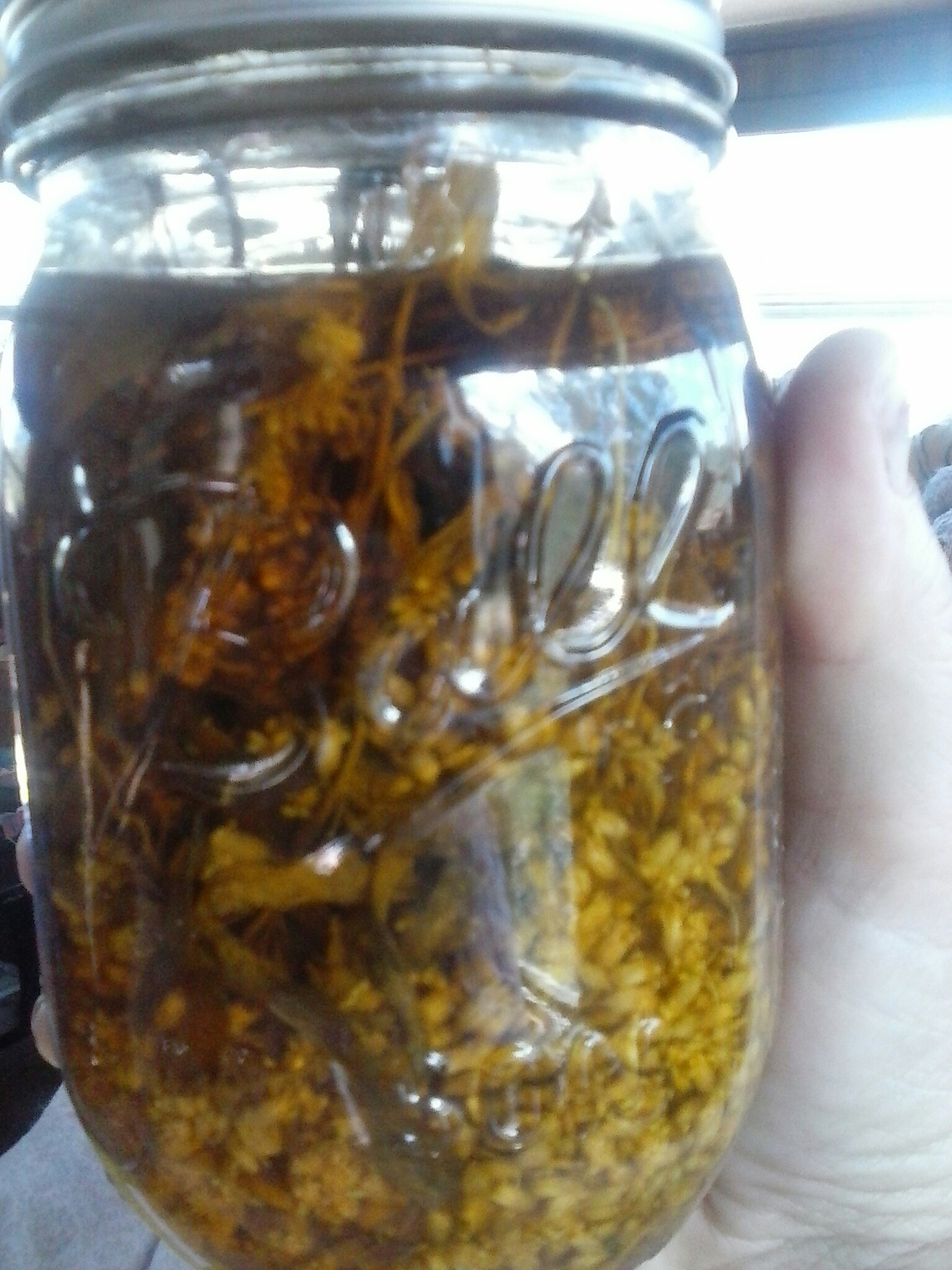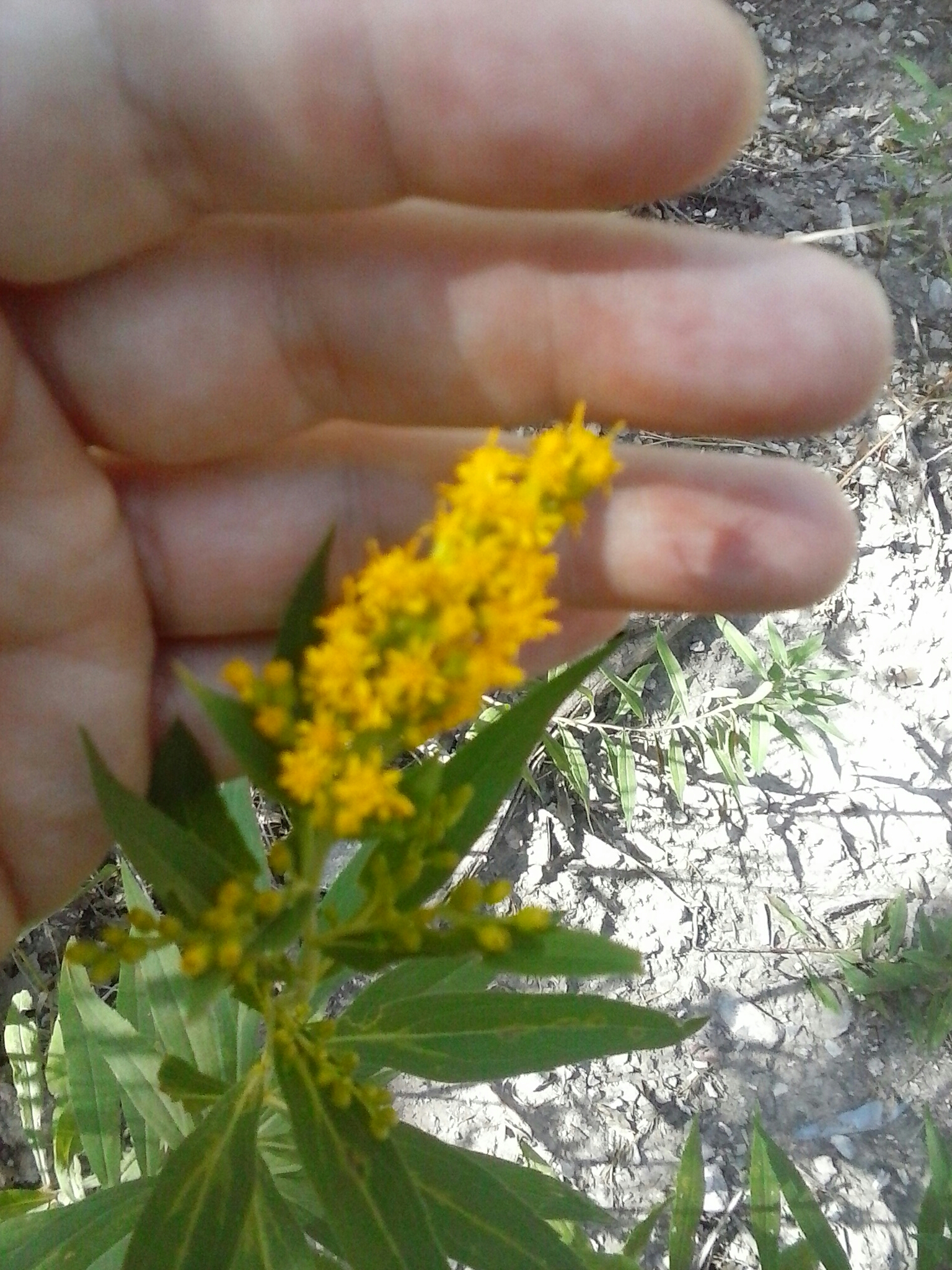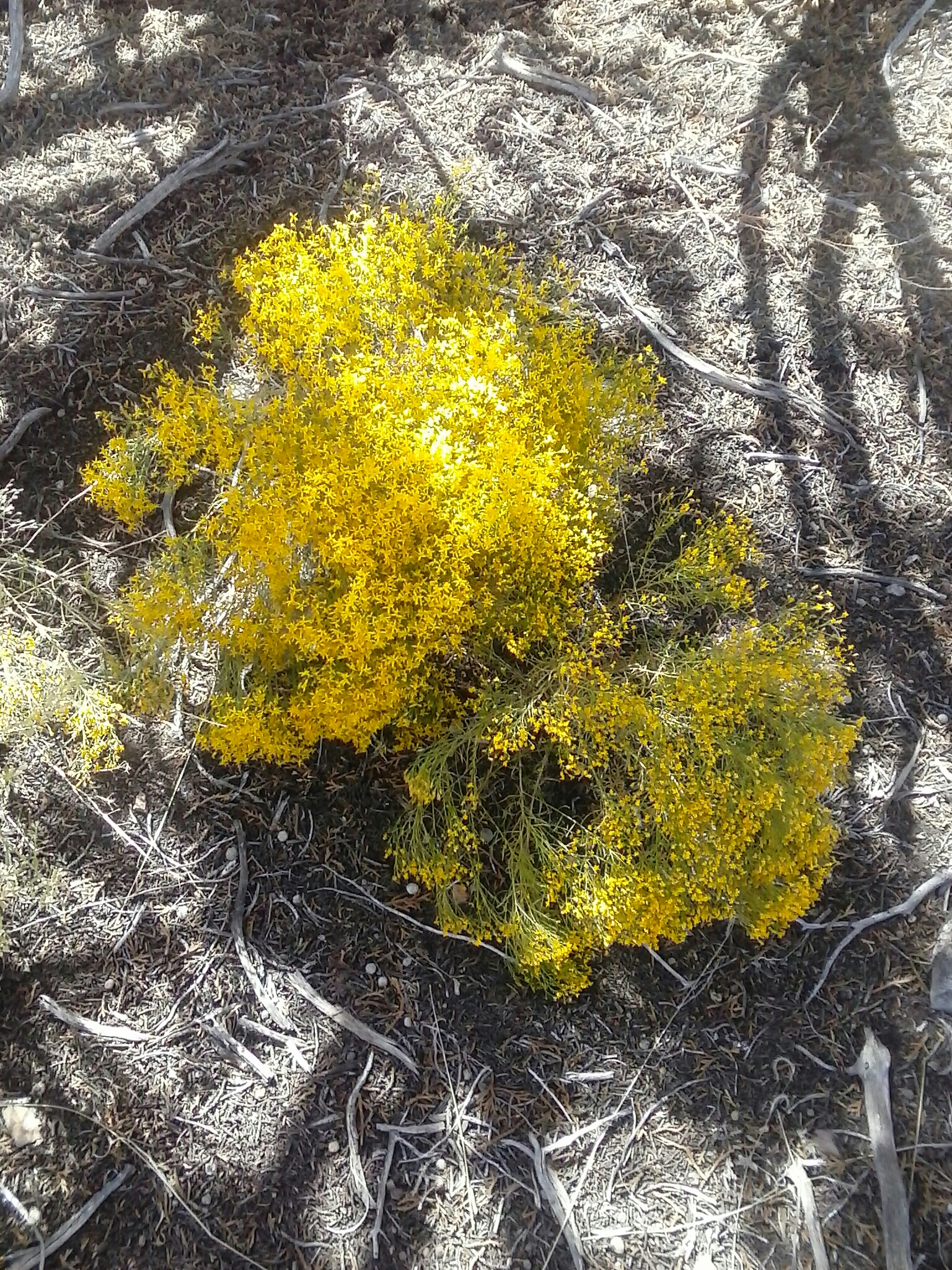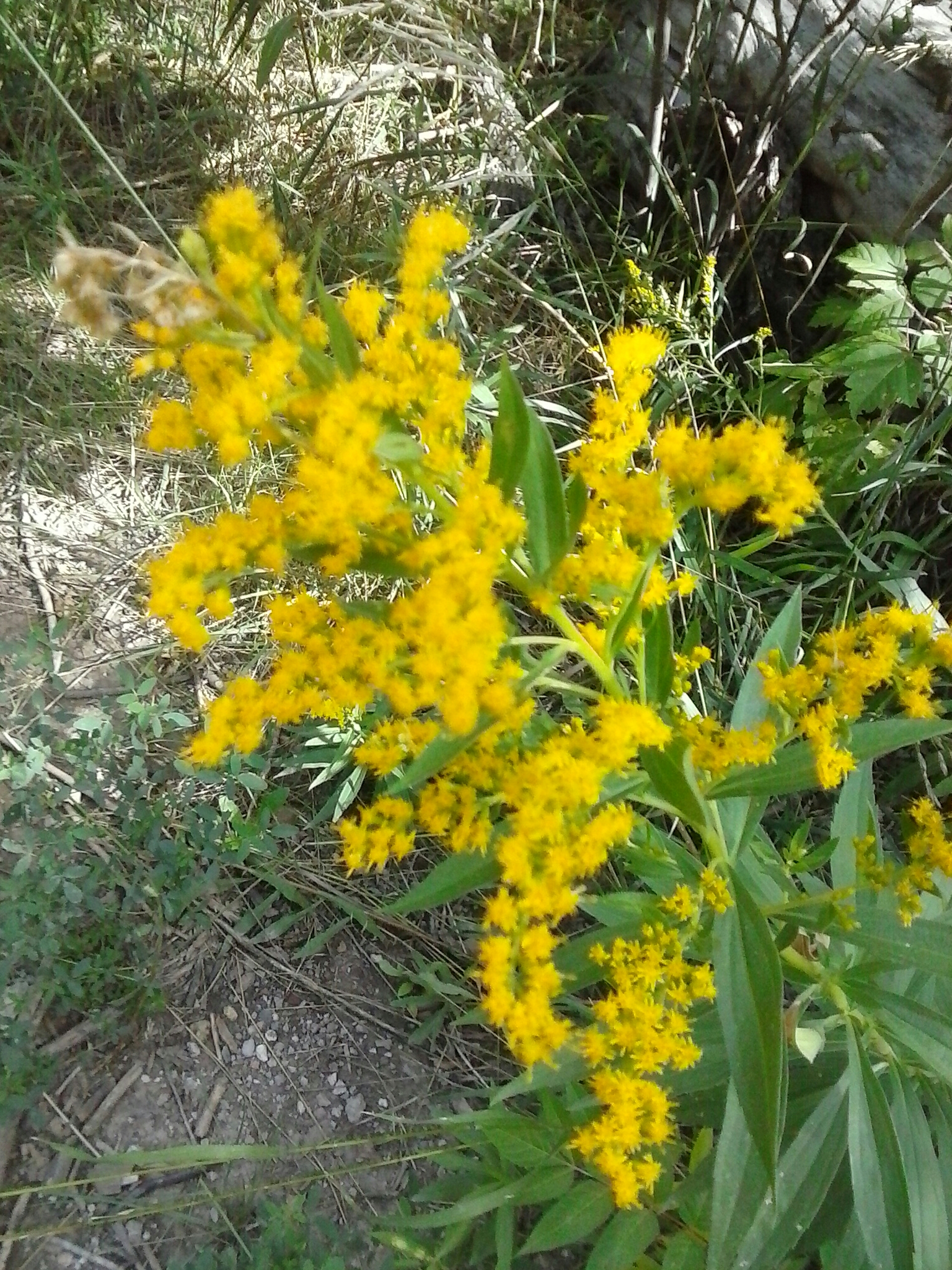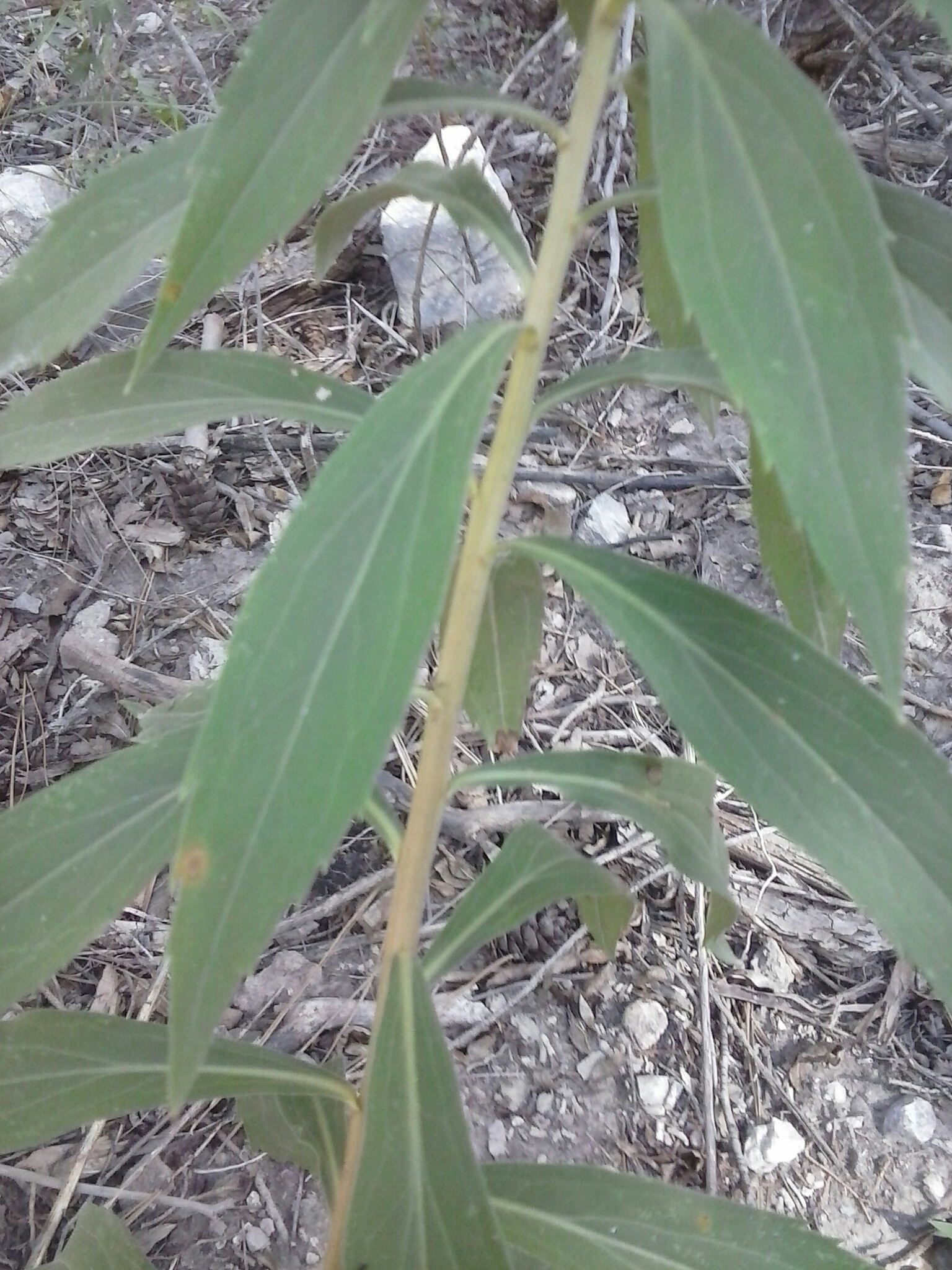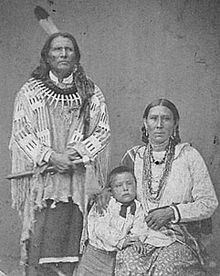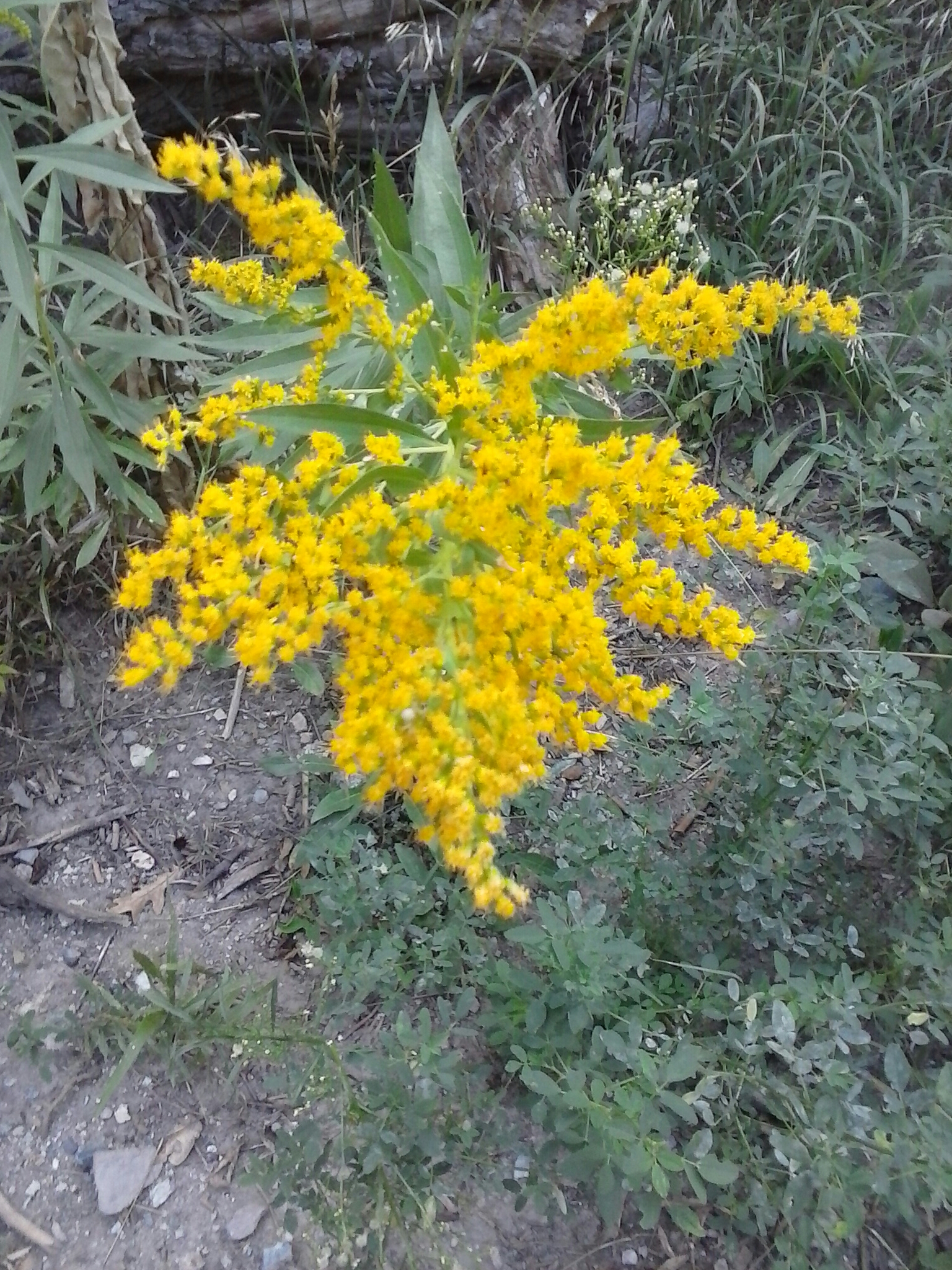
Yarrow in the glory of late summer.
But, now It is fall. And some Yarrow remains in bloom but not all.
In this post, I will show Yarrow growing in tidal grasses near the ocean, in New England meadows and two different mountain ranges of New Mexico.
Yarrow is part of an old Gypsy remedy to fight colds and I will discuss that here. Also, Yarrow is a traditional healer whose use spans centuries.

In the herbal and foraging world trademarking is taking place on who can sell age old remedies. But can age old remedies truly be trademarked?
I believe that the spirit of age old remedies is to be shared by all.

I will share a much loved remedy for making fire cider. That is in trademark controversy right now. But, part of blogging is to share my passion for plants and foodways. So thankyou for taking this journey with me.
And happy wellness to you and yours!

And, I never realized til yesterday that Aspen leaves can also turn red amidst all the golden yellow leaves of fall. Red aspen leaves and the recognizable gold.

Much of the Yarrow but, not all has gone to seed. It is the third week of fall. I love to depict Yarrow in its various growth phases so you will see that posted here. Plus that is how I first identified yarrow. When it was dried on the stem past fall.

I have been searching for a yarrow story to tell. One of my own.
On a recent trip to New England, leaving New Mexico, I thought I would miss the blooms of yarrow in the mountains.
My first trip to the ocean back east and in the tidal grasses of the beach I saw Yarrow… I got to see it bloom afterall.

(Yarrow has feathery leaves. In this photo, covered by other grasses and leaves of nearby plants.)

(Basal leaves are larger than this stem leaf and first year’s growth will show these feathery leaves growing in patches. (more photos in post)
Sometimes yarrow is confused with Queen Anne’s Lace which has one umbel per stem. Yarrow has many varied florets that cluster to the top. Side view photos of Yarrow will show that.
At the ocean, Yarrow grew along with Queen Anne’s Lace and nearby beach roses and rosehips.

Queen Anne’s Lace above

And, a few yards away from the Yarrow and Queen Anne’s Lace were the beach roses and rosehips.
……………………………………………….
Yarrow

For an ally it surely seems and has been, all over the world for centuries.
Achilles, who Yarrow is named after, was a Greek warrior and was said to have been dipped in yarrow. (an herbal yarrow bath?) He was held by the heel by his mother. As the story goes, the only unprotected part of him was his heel that did not get dipped in the yarrow.
He was eventually slain by an arrow through his heel.

(I used to run and my track coach always warned us to take care of our Achilles heel as it is a weak spot right above the back of your ankles…)

Achilles used yarrow to staunch the bleeding of his soldiers wounds. It was used in the Civil War for that purpose. And many avid hikers, outdoors people, foragers and herbalists, young and old alike, know this to be true… that yarrow staunches the flow of blood from wounds.
Indeed, the ground up dried flowers and leaves make a very effective styptic powder to curb the bleeding of minor cuts and wounds.
A small vial of the powder makes a handy item for your first aid kit.
Rosemary Gladstar, Herbalist, explains how:
“Sprinkle a small amount of the styptic powder directly on an open wound to slow the bleeding.
To stop a nosebleed, sprinkle a small amount of powder on the inside of the nostril that’s bleeding. The powder will usually slow or stop the flow of blood within minutes.
You can also take powdered yarrow internally to help stop the flow of blood. Stir 1/4 to 1/2 teaspoon of the powdered yarrow (or yarrow tincture, if you have it handy) into a small amount of water and drink it down.”
I filled an 8 ounce jar with dried Yarrow flowers and leaves. I plan on grinding the leftover dried flowers and leaves, minus the stems, for my own styptic powder for my first aid kit.

I dried these in a paper bag. Another way is to gather a few stems together and dry upside down. When the stem breaks and snaps cleanly, the herb is dry.
Keep out of direct sunlight and make sure there is airflow. You want to preserve as much of the color and fragrance, a.k.a. volatile oils and healing properties.
Also Gladstar lists major healing
herbal constituents of the versatile yarrow:
linalool, pinene, thujone, camphor, azulene, chamazulene, proazulene, beta-carotene, vitamin C,
vitamin E and flavanoids.
*Safety Factors:
Yarrow is generally considered safe but can stimulate uterine muscles so is safest to avoid during pregnancy, especially early stages…
*Although it is often used at childbirth to facilitate labor and to stop excessive bleeding.


Yarrow is part of the Aster family, the hugely abundant Aster plant family. People with sensitivity to chamomile or other plants in this family may develop itchy eyes or a rash with yarrow also.
Other Uses of Yarrow:

(photo from my garden)
As described by R. Gladstar,
C. Hobbs, L. Gardner, M. Moore and J. Green:
Yarrow is: astringent, anti-septic, vulnerary, anti-inflammatory, diuretic, anti-spasmodic, styptic/hemostatic, vaso-dilating, and bitter-promoting digestion.
No wonder one of its nicknames is: cure-all

Yarrow helps relieve:
-menstrual cramping, use yarrow before period starts and during to prevent/lessen cramping
-excessive menses or when menses is slow to come
-relieve fever by increasing it slightly, to make fever more effective, decreasing length of fever
(diaphoretic)
-reduces inflammation
-helps normalize inflamed and irritated states of the digestive tract
-eases symptoms of cold and flu
-eases painful stomach and digestion
-aids in poor fat absorption
-its vaso-dilating and diuretic function aids in hypertension
-when body needs diuretic function
-fresh root tincture helps sore teeth and gums
Yarrow leaves makes a good green in salads. I recently enjoyed some fresh green yarrow leaves as an herb with my hiking lunch of baguette and hunk of swiss cheese.
And, I have been enjoying using a tablespoon or so of dried flowers and stem leaves in my stir-fries along with coriander and other spices.
I will probably make a broth of yarrow and ginger etc., for a spicey yarrow root soup. Have you tried a yarrow broth for soups. The tea is so aromatic and woodsy. I love it!
Try a little of the herb and adjust by taste from there.

Another trip up the mountains before it gets too icy or cold to do so. Although snowshoe-ing in the Sandias was fun in the spring!

It was a crisp fall day in the Sandias. I improvised and used my funky hat as a foraging bag. I couldn’t resist when I saw all the vibrant, feathery yarrow greens growing everywhere!
I am happy about the Yarrow leaf tincture I made. But, it could use a top off of brandy. So, off to get more. It is funny all the times I have bought brandy at a liquor store for making herbal tinctures. The few times I have mentioned it to clerks or owners of these places they have often looked at me with a smirk on their face. And often will say: okay ma’am… have a safe day out there. Funny, I like to think I am spreading the word about herbal remedies and plant and foraging magic out there, albeit in my own quirky way.
The best brandy run was the day the woman behind the counter said that was the best use for brandy, with herbs. friends, we find each other!

I hadn’t intended on harvesting Yarrow. But, at the very start of my hike, I spotted a forgotten bloom, picked and abandoned by a fellow human.
I picked it up and carefully put it in my pocket. A reminder of yarrow as ally and that I have much to learn from this beautiful, flowering plant, so present in the mountains surrounding where I live.

(the discarded bloom of yarrow above)
I noticed the small stem of flowers on a rock whose color pattern strongly resembled the flower. I picked up the small stem of Yarrow flowers and this led me, not to abandon, but to continue my exploration and story-journey of Yarrow.
It seems I have been intending to write a post about Yarrow for some time.
This was the nod and reminder I needed.
Yarrow nudging me to take its path.
A humble yet powerful plant.
aptly named: Cure-All
Herbal Beer and Wine:
Yarrow has a longstanding use as food and as a beer and wine beverage!
Yarrow was traditionally used instead of hops in beer and was said to induce a mild elating effect as compared to using hops!
It also makes a good herbal wine.
I found this recipe, along with other wine recipes, online.
I haven’t tried it yet but, it is on my, can’t wait to try it list. Looking forward to Yarrow’s blooms, next
mid-summer and early fall.
This recipe by Ernestina Parziale has many good herbal and fruit wine recipes.
Yarrow Wine
Yarrow Wine Ingredients:
2 to 3 oz dried yarrow flowers
2 lemons, quartered
2 oranges, quartered
3 lbs sugar
1 gallon water
½ oz baker’s yeast or 1 pkg wine yeast
I’ve read wine yeast makes a less cloudy wine.
Place all ingredients (except sugar, yeast and water) into a crock. Pour ½ gallon of boiling water over the contents of the crock. Leave for 2 to 3 hours, covered. Boil half the sugar in 1 quart of water for 2 minutes and add this to the rest while still boiling. Mix well and when cool enough, add yeast. Cover again and ferment in a warm place for 10 days, stirring daily and covering immediately again. After 10 days, strain out the solids and wring out as dry as you can. Place the strained liquid into a gallon glass jug. Boil the other half of the sugar in the remaining quart of water for 2 minutes and when cool, add to the jug. Cover or fit a fermentation lock and continue to ferment in a warm place till all fermentation ceases.
Yarrow wine sounds interesting and good along with the other flavors of orange and lemon.
Digestive Bitter:
Yarrow also makes a good digestive bitter, either alone or mixed with other bitter herbs such as gentian root, dandelion leaf, etc.
I have made a yarrow leaf tincture for the purpose as a digestive aid.
I made it as a single tincture, since it is good for digestion and has many uses. Including its good use as a remedy for bleeding, inside or out, bruises, injuries, etc.
Yarrow Preparation Uses:
Yarrow can be made into:
a healing infusion, as a therapeutic bath for bruises and muscle soreness and/or cramps; as a tincture; medicated oil; a compress for bruisings and bleeding; and also as a salve or lotion.
Yarrow as part of a formula for ulcers can relieve inflammation. Also as a formula for relieving urinary tract infections, yarrow can serve an anti-inflammatory role.
Also, yarrow has diuretic properties which assists the clearing of a U.T.I. infection.
I have also read that Yarrow has mild mood enhancing properties.
Try it and let me know what you think. Herbal teas generally help me feel better, and affect my mood in a positive way because when I feel better my mood follows too! 🙂

Yarrow is an old time remedy for flu and colds. It is traditionally paired with peppermint and elder flowers.
This is a traditional remedy. And I want to share it. I just learned of it a few years ago. I am a late bloomer, like Yarrow that blooms throughout late summer into fall. Some plants past gone from the season next to vibrant blooms just begun in the fall.
A time tested, remedy…centuries old, passed down in families, by neighbors and friends, gardeners and gatherers…
Yarrow leaves and flowers, along with peppermint and elder flowers helps your body fight illness. This tea is immune enhancing and diaphoretic, helping your body sweat out impurities and illness.
Rosemary Gladstar calls this her
Gypsy Cold Care
tea blend.
Deer from the nearby Ortiz mountains ate my peppermint, lucky them!
So, I bought the peppermint and elder flower from the herb store I work at and added some of the dried yarrow I harvested recently.
Now I have my own Gypsy Cold Care formula. Writing this blog today I have been drinking it throughout the day to feel better.
For better healing effects drink smaller amounts… a quarter cup per hour while healing a cold or flu.
Gypsy Cold Care formula, passed on in the herbal tradition. A Gypsy Herbal cold and flu care formula that a well known and loved Herbal teacher and writer has passed on to her readers. And from me to you and back again. We can all learn and share so much with each other.
And, I am sure so many of you out there have your own tried and true recipes and remedies. Kitchen medicine!




Goldenrod and Yarrow above
………………………………………………..

I had some helpers making this Fire Cider 😉
Fire Cider!
Fire Cider is based on an old time remedy use of vinegar. Vinegar, in this case, apple cider vinegar, extracts many healing and delicious qualities from herbs and vegetables.
Herbal vinegar was recommended by Hippocrates and many apple cider remedies have been popular over the years.
Rosemary Gladstar has published and shared what has become a very popular healing, spicey vinegar. It is known as fire cider. A fun name for a spicey, healing cider that really knocks out a sinus infection or cold or flu.
It is currently under trademark controversy by a small herbal company that claims to have invented it. That wouldn’t be such an issue except they have trademarked a popular name for a traditional remedy, the name, Fire Cider, itself. Claiming sole proprietory ownership over a common herbal remedy. That means people who sell Fire Cider at farmer’s markets, herb shops, co-ops, etsy shops are getting sued. That would be like sueing someone for making and selling products by name, such as: elderberry syrup or horehound cough drops or the like.
People have been traditionally making, sharing, caring, bartering, gifting and selling these remedies for a longstanding time.
I wanted to inform people on what is going on because trademarks have their place. But, not when herbal traditions are being co-opted and bargained out of existence… in my opinion, anyway.
Here is a link to learn more and get involved if you want to. Plus there are more fire cider and remedy recipes in this link to enjoy.
Free Fire Cider!
*UPDATE: Fire Cider Won in the fall of 2019. A great accomplishment and benefit to all kitchen remedy makers out there! Check out both articles for the history and court case battle won!
This is based on Rosemary’s recipe and this is how I made my own Fire Cider.
-Peel and Chop/Grate one fresh Horseradish root.
-Coarse chop one onion
-Chop 4 or 5 garlic cloves or per taste per jar
-Chop/Grate ginger
-add couple dashes of cayenne per jar
-top off with Raw apple cider vinegar. (avoid white vinegar)
one Tablespoon chopper yarrow leaf and flower(optional)
I made two jars about 16 ounces each.
That’s it! let cure for 4 weeks, otherwise the veggies get too mushy. Strain it and add raw honey, just a bit to sweeten. Heat vinegar to warm, to help honey to blend best. But, not too hot as to kill the raw properties of vinegar and honey.
Also, the vinegar and veggies can be made into a delicious chutney.
Check out the recipe in the free fire cider link above.
Take a shot glass to fight off a sinus infection. Or use with food. Be inventive, let me know what you tried!

All my raw, chopped veggies…. ready for the vinegar!
……………………………………………………..
And, more of the lovely Yarrow, in many stages of growth cuz I love them all!










Sources Include:
Posted links and these book sources:
Medicinal Herbs. A Beginner’s Guide.
by Rosemary Gladstar, Storey Publishing. North Adams, MA., 2012.
Grow it Heal It. by Christopher Hobbs and Leslie Gardner, Rodale Books, N, Y., New York, 2013.
The Herbal Medicine Makers Handbook., by James Green, Crossing Press, Berkeley, CA., 2002.
Medicinal Plants of the Mountain West., by Michael Moore, University of New Mexico Press., Santa Fe, NM., 2003
May Yarrow find its journey along your path as well.


Growing Yarrow
and admiring last Summer’s dried golden blooms overlooking a cliff of the Sandia Mountains.

